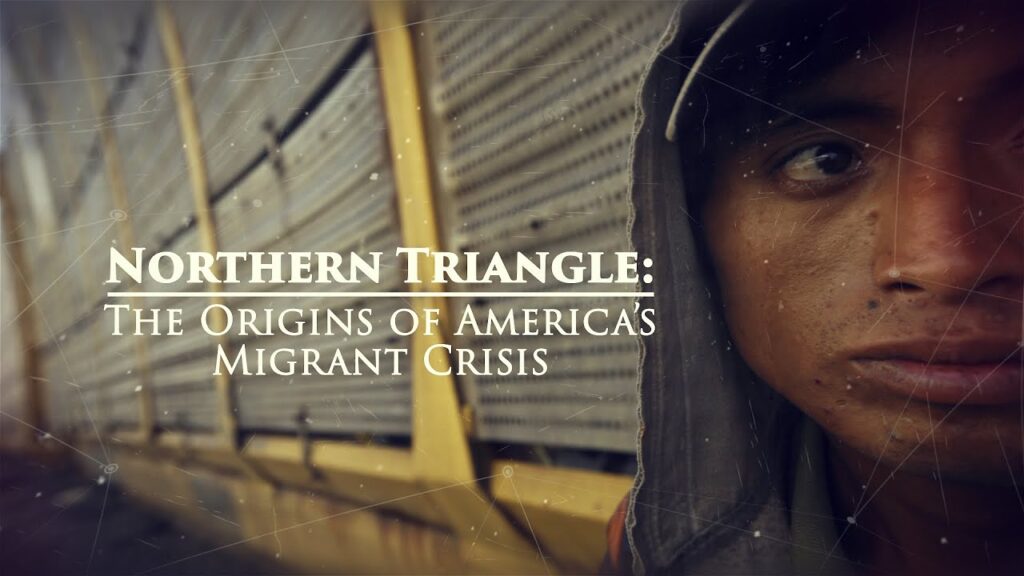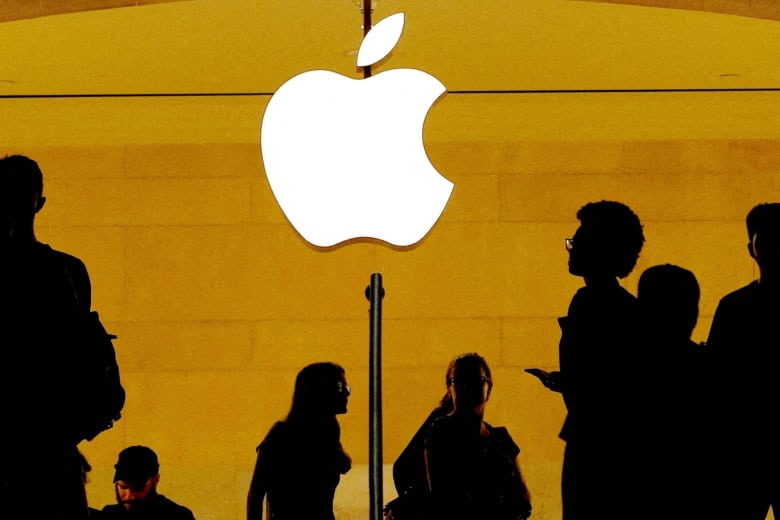The Northern Triangle consists of three countries namely, Guatemala, El Salvador and Honduras; located in the Central American region. The three countries have been plagued with deplorable socio-economic conditions, widespread violence, environmental challenges and instability which has led to increased, irregular migration from these countries to the United States.
According to a model developed by The University of Texas, at Austin; an estimated 311,000 people annually leave the Northern Triangle; while some go to seek asylum in other Latin American countries and some in Europe, majority of them are bound to the U.S, where they run a high risk of entering the country illegally.
The Covid-19 pandemic temporarily reduced such migrations, however, the migrants planned to resume their journey to the U.S once the cross-border travel restrictions were lifted. The fact that more migrants arrived at the U.S border in the first half of 2021 than they did in whole of 2020 bears testament to the earlier statement.

In order to truly understand the migrant influx, it is imperative to evaluate the causes behind such migrations. Socio-Economic conditions: For most Latin American countries, the transition from autocracy to democracy wasn’t smooth. In most parts, land and economic powers are concentrated in the hands of small groups of elites, which resulted in widespread income inequality, poverty and abysmal living conditions for the majority of the population.
Despite attempts at economic reforms to diversify the economy and promote income equality, it did not translate into improved standards of living for the people. According to the data received in 2019, all three countries ranked near the bottom of the list in terms of GDP per capita of Latin American and Caribbean states. Indigence and inequality have further been exacerbated by the pandemic. Natural Disasters have further exploited the living conditions of the Northern Triangle.
Droughts, back-to-back hurricanes in 2020 and a coffee rust that damaged the coffee sector, which typically proved to be a crucial source of income for 1.3 million families in the Northern Triangle. According to the World Food Programme, approximately 8 million people in the Northern Triangle and Nicaragua are facing hunger and nearly 15% of the people surveyed by the World Food Programme in January 2021 reportedly were making concrete plans to migrate, up from 8% in 2018.
The Northern Triangle has been plagued with violence and instability like no other. The violence stems from deep-rooted conflict and civil war that the region has experienced since the latter part of the 20th century. The two main gangs in the region are Mara Salvatrucha and the 18th Street Gang, which soon became bitter rivals and gang wars became inevitable.
Today, there is a plethora of gangs and crime rates have been sky- rocketing. Women and children are most vulnerable to gang violence. Femicide rates in El Salvador and Honduras are among the world’s highest. Rape, extortion, sexual assault, kidnappings, domestic violence, murders and inability of the government to provide security has become a sad, gruesome reality for the women in these countries.
Children too, are particularly at risk. Their childhood has been replaced by gun fires and fear. Most of them have to pass gang territory on their way to school. The gangs look to recruit children. The children don’t really have much of a choice; they end up getting closer to death either way. If they join the gang, they are likely to be killed by the police or a rival gang; and if they refuse to join the gang, the particular gang goes all out to threaten them.
Thus, it comes as no surprise that since 2014, the number of unaccompanied minors that show up at the U.S border has increased drastically. When surveyed, respondents who lived in gang-affected neighborhoods were 40 percent more likely to leave their country.
The above factors, the rampant corruption and failure of the governments to tackle these issues leaves the migrants with no option but to take the treacherous journey of reaching the U.S borders fully aware of their unwelcomed reception by the authorities there and a full blown possibility of being sent back.

How has the United States addressed the Northern Triangle migrant crisis?
The flow of undocumented migrants at the U.S border has been a matter of grave concern and dominates political debate in the U.S. Different administrations have had varied responses in tackling this situation. Even though former President Obama stepped up border controls and continued a vigorous deportation policy, with Court-mandated removals during Obama’s administration outpacing those under President George W. Bush; his administration also welcomed legal migrants, acknowledged the humanitarian crisis posed by unaccompanied children arriving from Central America, and extended support to refugees around the world.
Midway through his second term, he recast the U.S policy. He advocated an integrated U.S. strategy for engagement in Central America and to work with international organisations and regional governments to put the region on a course to sustained, broad-based economic growth, better government performance, and improved security conditions.
The rise of unaccompanied minors in 2014 got his administration working with the Northern Triangle governments on anti-smuggling operations to deter the ‘would-be’ migrants and focused on cracking the undocumented migrants within the States.
Trump kept Obama’s basic framework for the Northern Triangle region but pressed to stem migration to the U.S and ramped up border security. The Trump administration came under serious scrutiny and controversy for their hardline anti-immigration policies. The zero tolerance policy was implemented in 2018 and it sought to criminally prosecute all adults entering the United States illegally, which resulted in authorities controversially separating several thousand children from their parents.
The Trump administration invited criticism from all over the world for diverting billions of dollars, deploying troops and seizing private land to erect the infamous “wall” at the U.S- Mexico border. Trump also triggered controversy when he tried to end temporary protected status, a program that allows migrants from crisis-stricken nations to work and live in the U.S for a period of time.
In 2019, the Trump administration began withholding aid to the Northern Triangle countries over their failure to stem migration. However, the assistance was reportedly reinstated the following year. Compared to the Obama administration, the aid given to the Northern Triangle countries had dropped almost one-thirds under the Trump administration.

The Biden Administration is implementing a multipronged approach intended to address the challenges posed by irregular migration flows from the Northern Triangle. The administration has already rolled back several Trump-era immigration policies related to the Northern Triangle. Notable among them are: canceling the asylum deals with El Salvador, Guatemala, and Honduras; raising the refugee cap; reserving temporary visas for workers from the Northern Triangle; and reinstating an Obama-era program, which Trump discontinued in 2017.
The Biden administration has sought to deter short-term migration flows with public messaging campaigns and by urging governments in Central America and Mexico to block and disperse migrants moving through the region. A U.S. Agency for International Development (USAID) Disaster Assistance Response Team has been deployed to the Northern Triangle to scale up emergency food assistance,income support programs, protection for vulnerable individuals, and other humanitarian efforts.
Biden has designated Vice President Kamala Harris to lead the regional diplomacy aimed at reducing migration at U.S’ southern border.
Written by- Shweta Dilawari
Edited by- Krish Sharma




